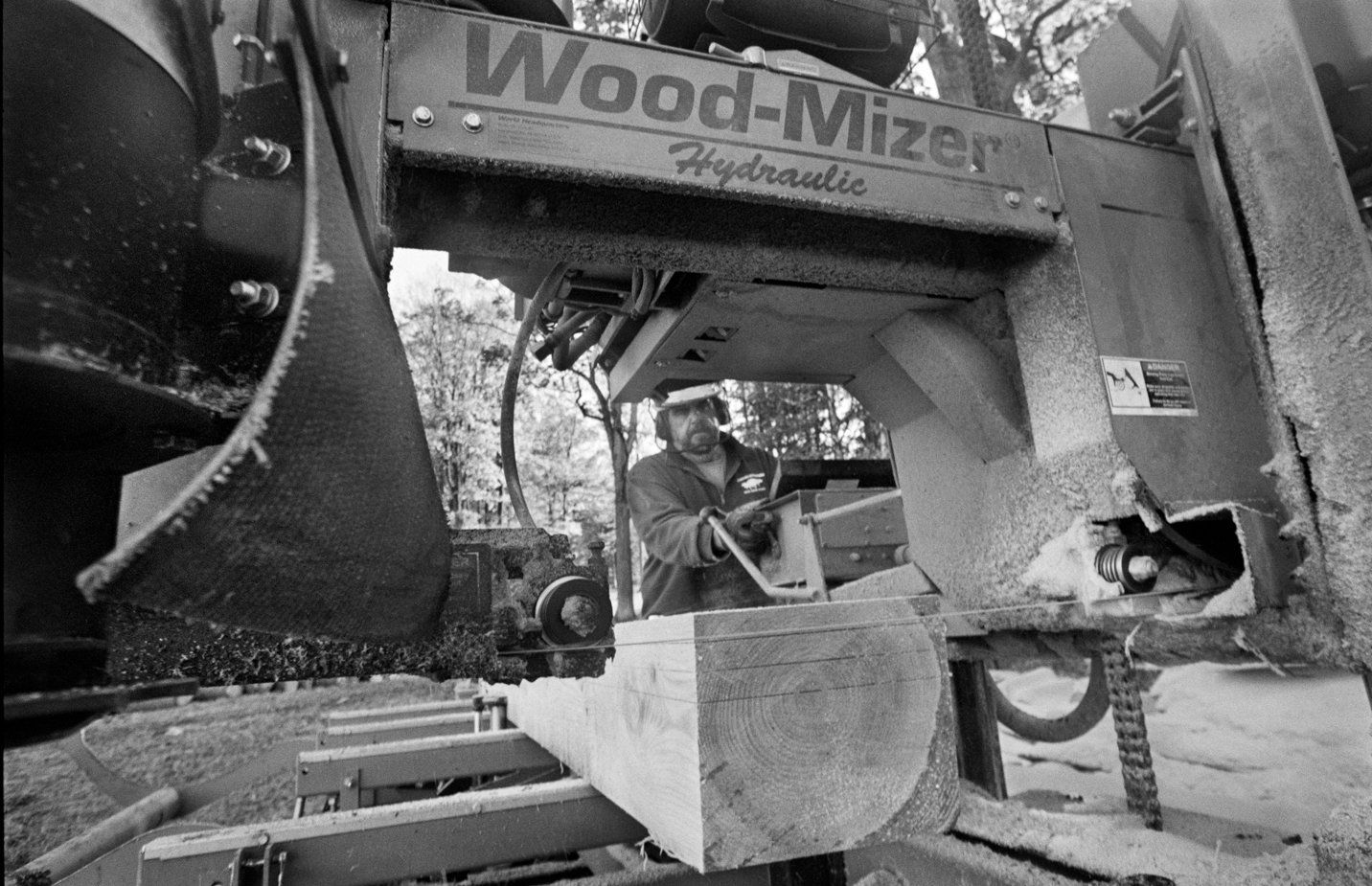Portrait of a Forest: Men and Machine
“My hope is that this documentation will help everyone better understand the challenges facing the industry today and appreciate its role in preserving a healthy forest”
When Samuel de Champlain named the land south of the St. Lawrence River Les Verts Montagne in 1609 he was recognizing the obvious. This new land was almost entirely forested from valley floor to mountain ridge. By the mid 1800s, Vermont had been transformed into a mosaic of open land and forests—settlers with their axes and oxen having cleared nearly 80 percent of the formerly forested landscape. Today, that 80/20 ratio has been nearly reversed, testament to how quickly man and nature shape the land. Vermont, the Green Mountain State, is once again one of the most heavily forested states in the country.
Portrait of a Forest: Men and Machine documents how the forestry community continues to shape the land today and asks: What does it mean to be stewards of a working forest?
“ This project is an essential part of the Vermont Folklife Center’s mission to help people become visible to one another, George Bellerose’s photography opens a powerful window into the lives and work of loggers in Vermont.”
For the past decade, George Bellerose has been reading industry magazines, attending policy and program conferences and round tables, interviewing experts from the forestry community, and, above all, spending time in mill yards, on back roads, and in the forest with loggers. The relationships Bellerose built led to unique access and knowledge given from logger to photographer. Working together a portrait of the forest emerged.
History
“Unlike Vermonters of the past, many of us no longer have a direct connection to the working landscape. We see logging trucks and the occasional roadside log collection, but rarely do we have contact with loggers or fully understand their importance to the state.”
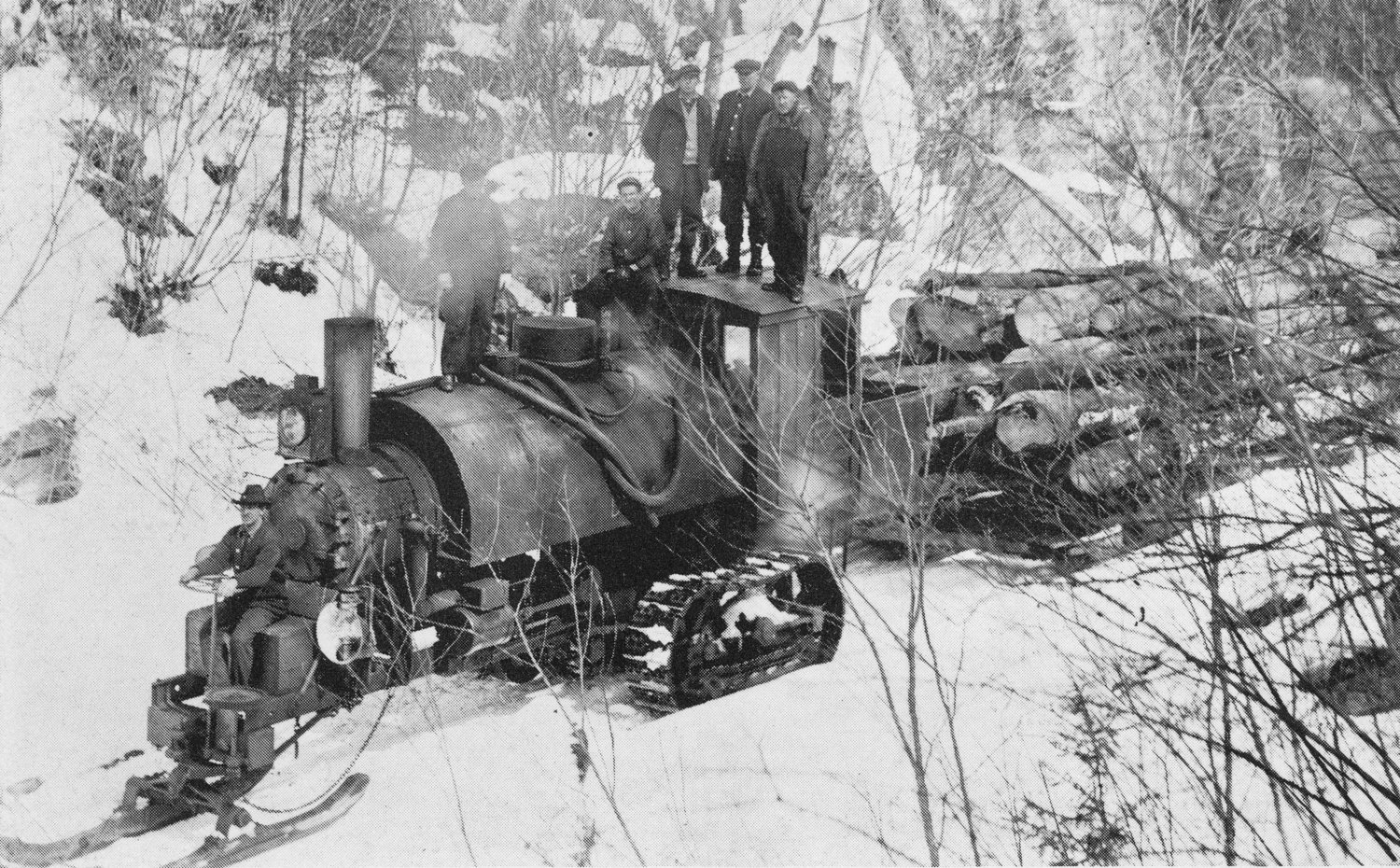
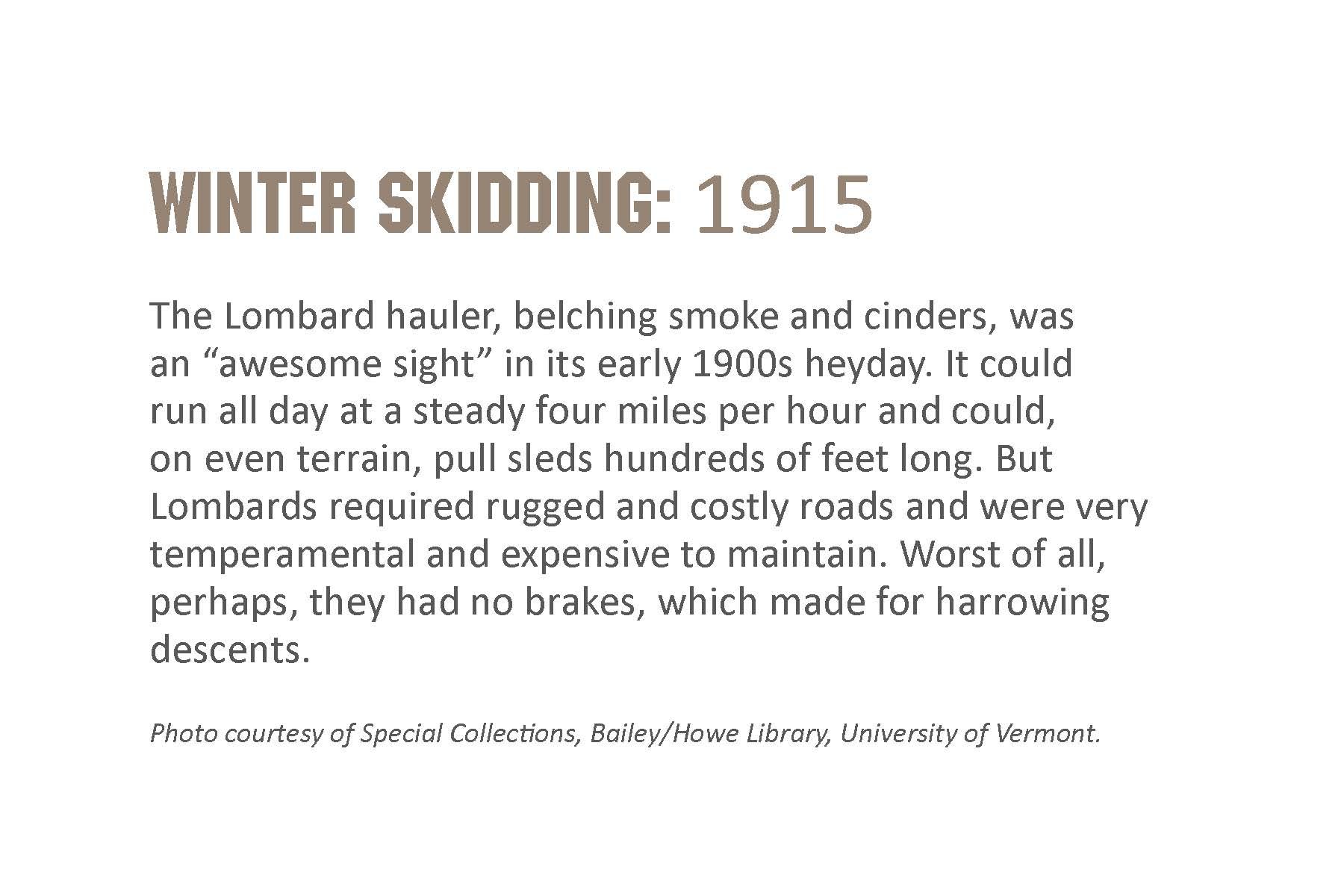
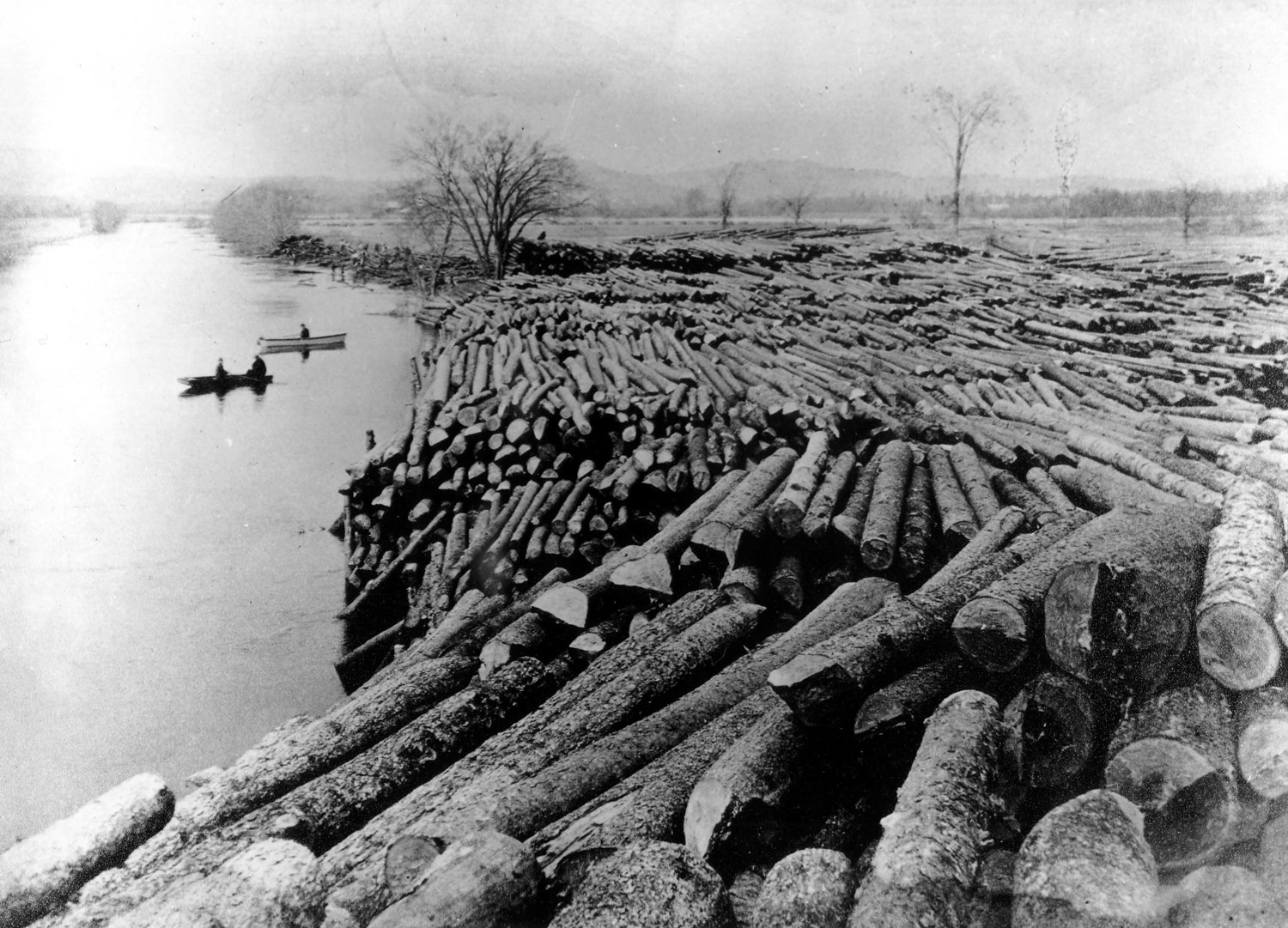
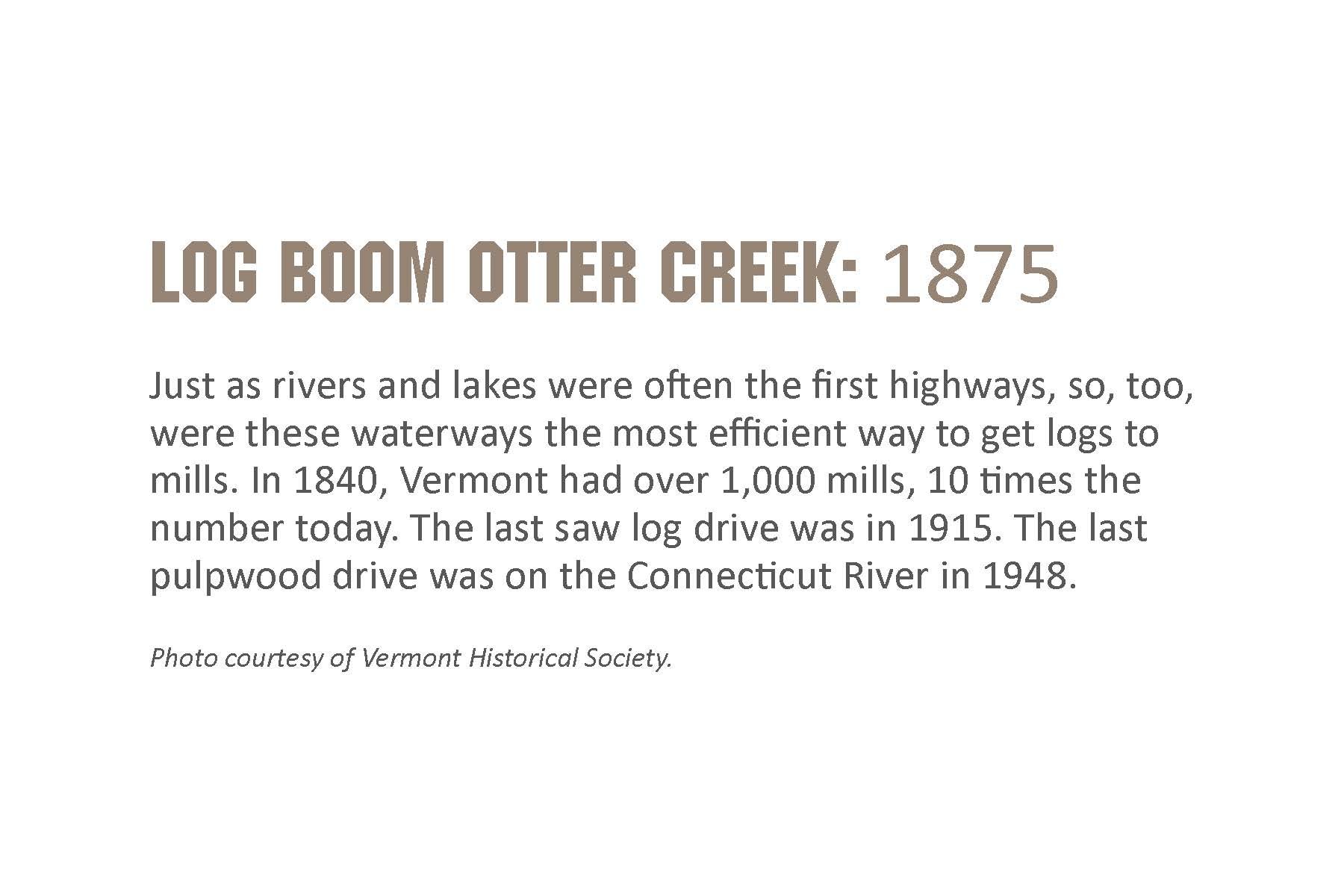
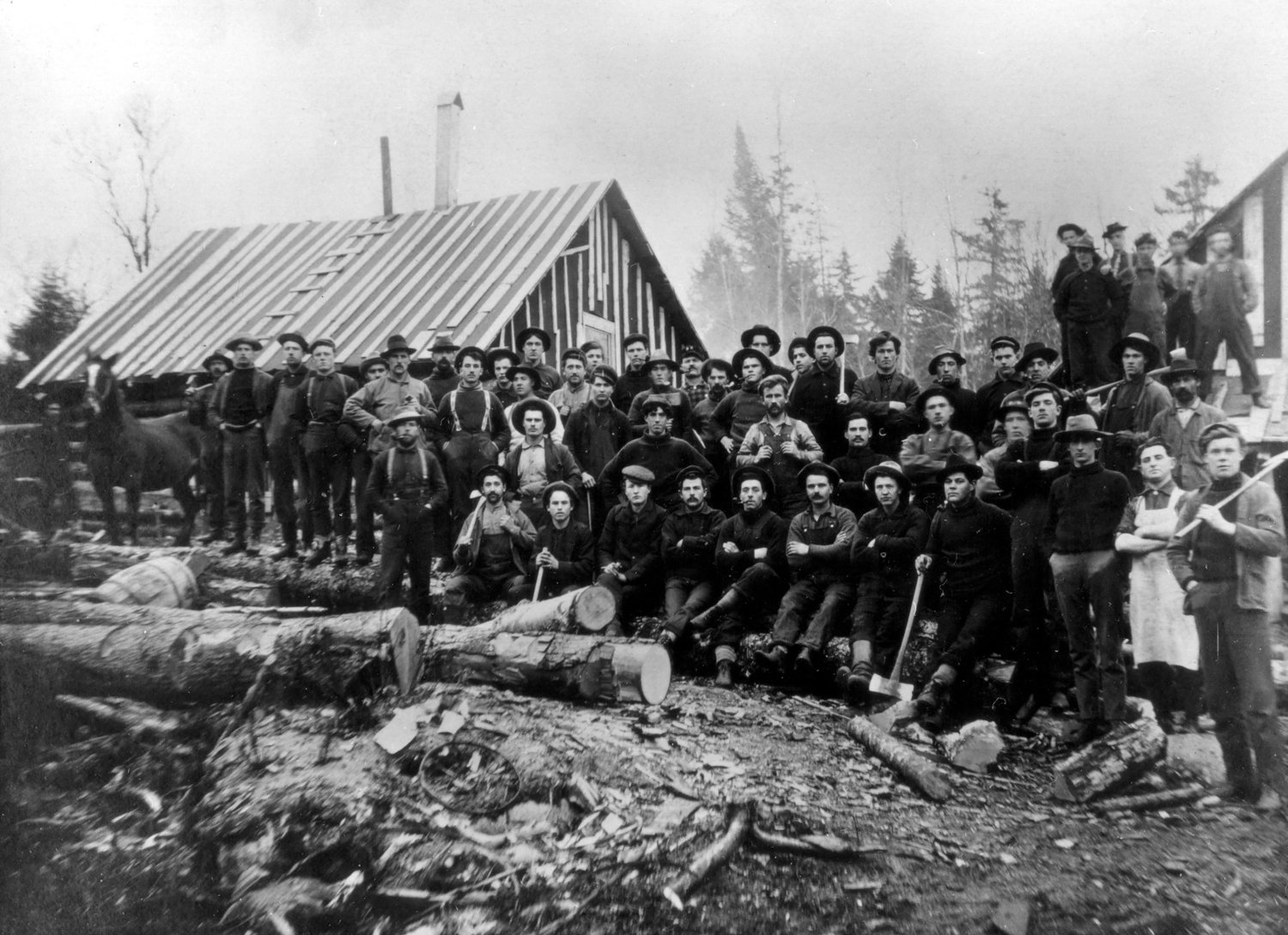
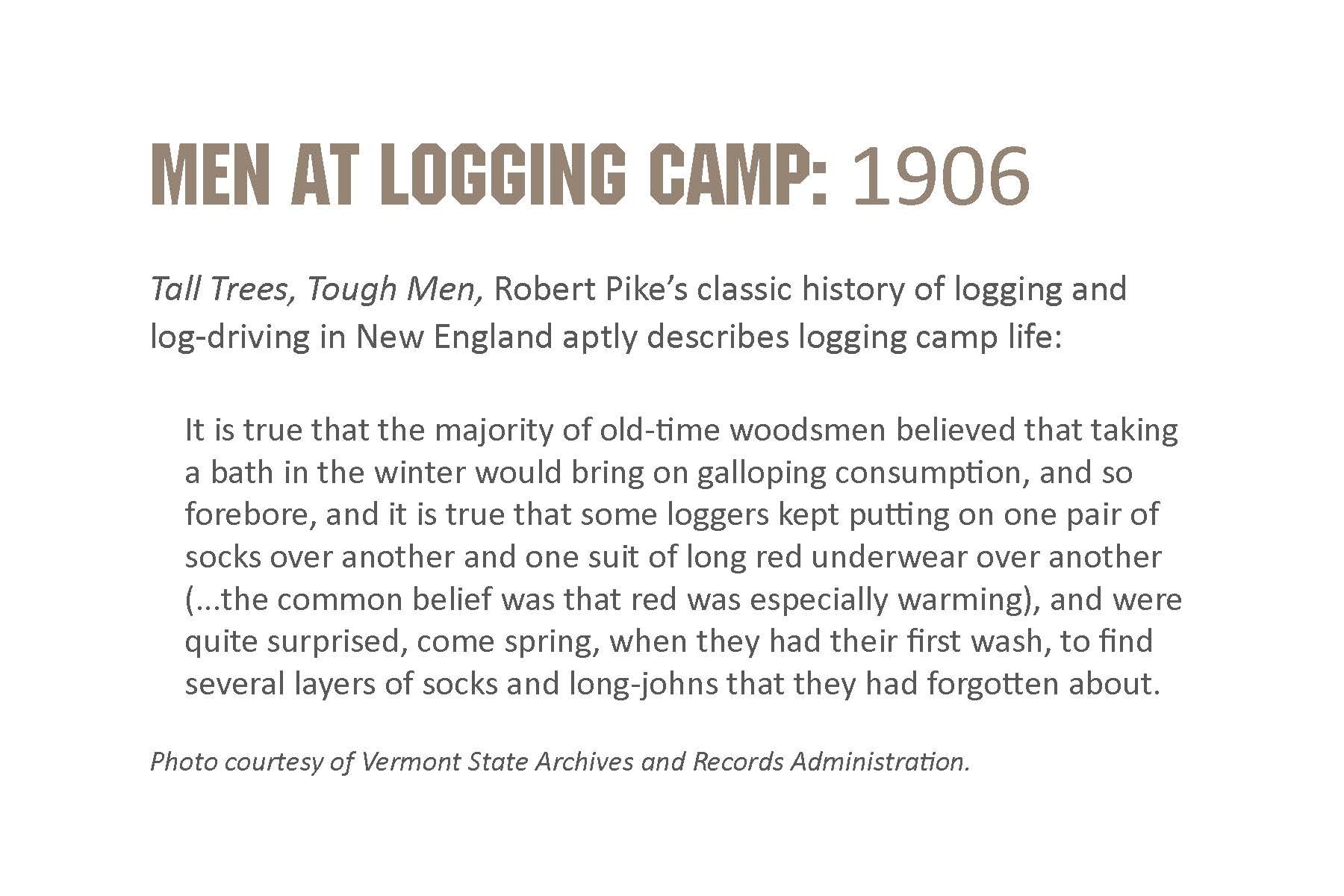
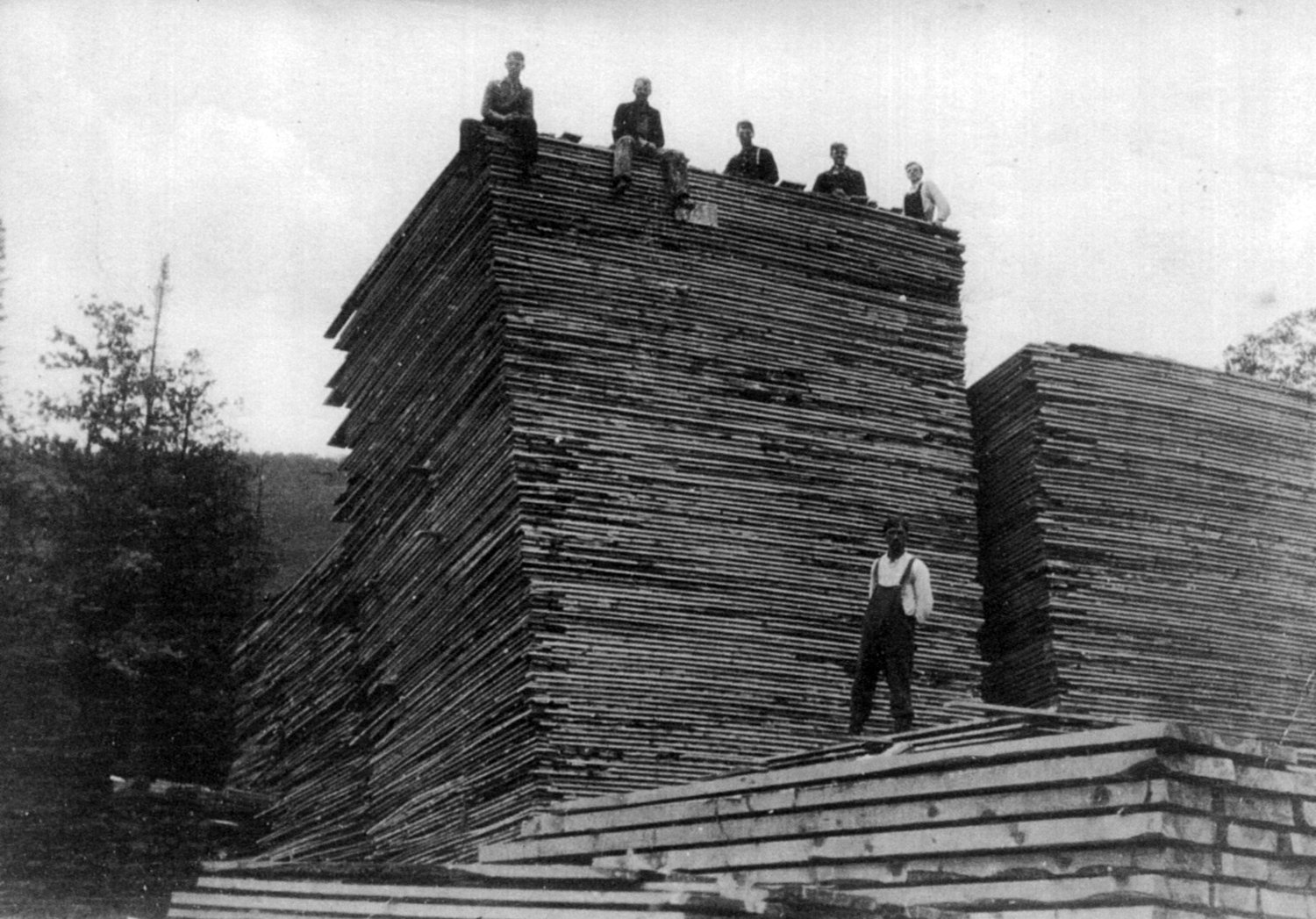

The Present
our best hope
"I spent 30 years as a forester working with landowners. Being commissioner for the past three years has given me the chance to see the complete supply chain. We are making progress in understanding the role of forests and forestry, but we need greater understanding of all elements—loggers, foresters, mill owners, truckers, retailers, artisans, and the public. Forests provide clean water, the natural infrastructure for our recreational activities, the scenic backdrop for our tourism economy, and ecological resilience during flooding and climate change. I haven’t even mentioned the one billion dollars plus that wood products add to our economy. It’s a major part of our economy and foundational to our rural economy.But we take this green backdrop for granted. When I speak as the foliage guy with the tourism folks, I hammer away that foliage is not an accident. It’s because of the people who work the land.I tell them that working forests are our last best hope to keep forests as forests."
Michael Snyder
Commissioner
Vermont Department of Parks, Forest & Recreation
Contemporary Logging Vignettes
The Future
Forestry has shaped Vermont since settlers cleared the land for cows, crops, and homesteads. How Vermont will look in the coming decades will continue to be shaped, today and by generations to come, by those who work the land.



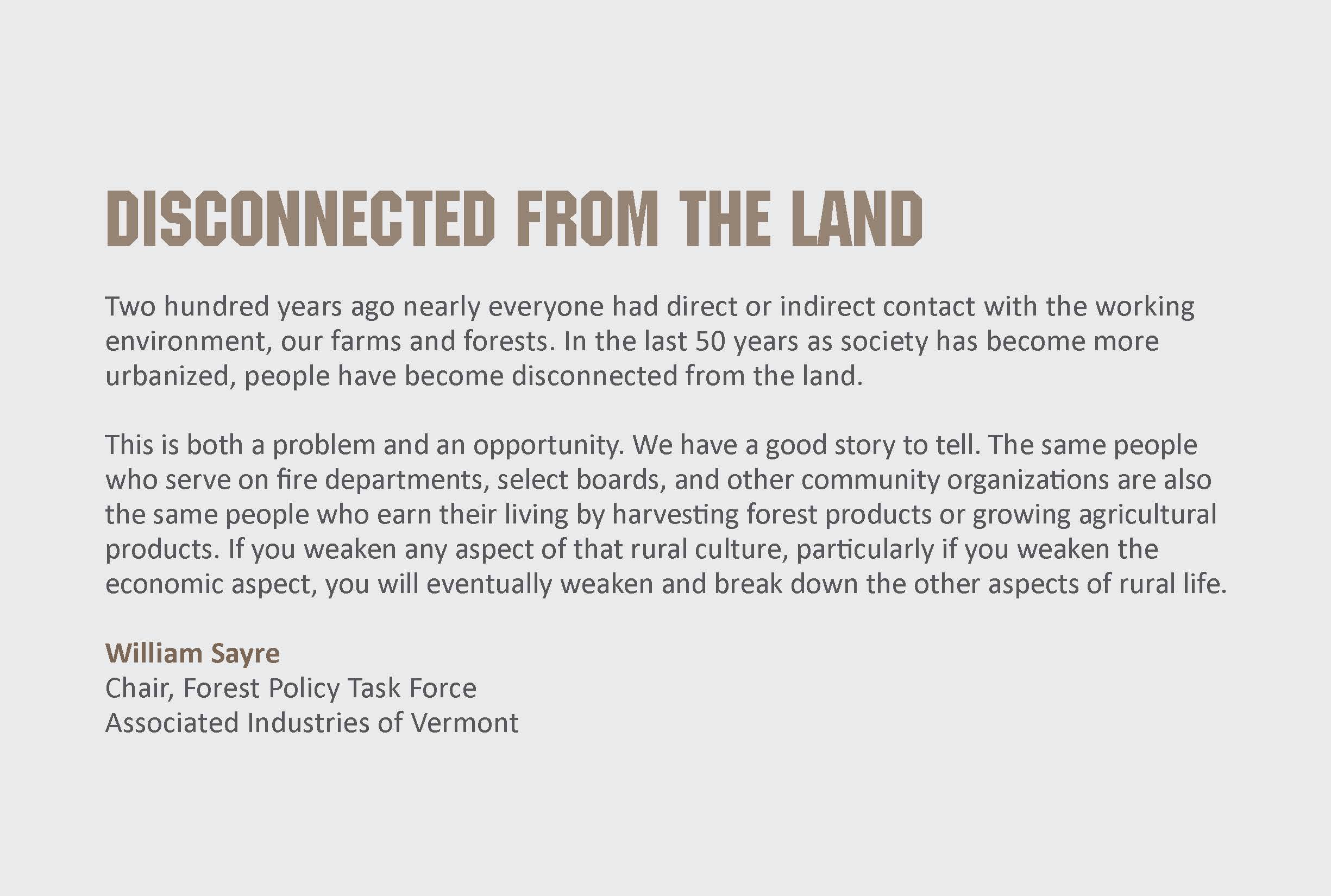
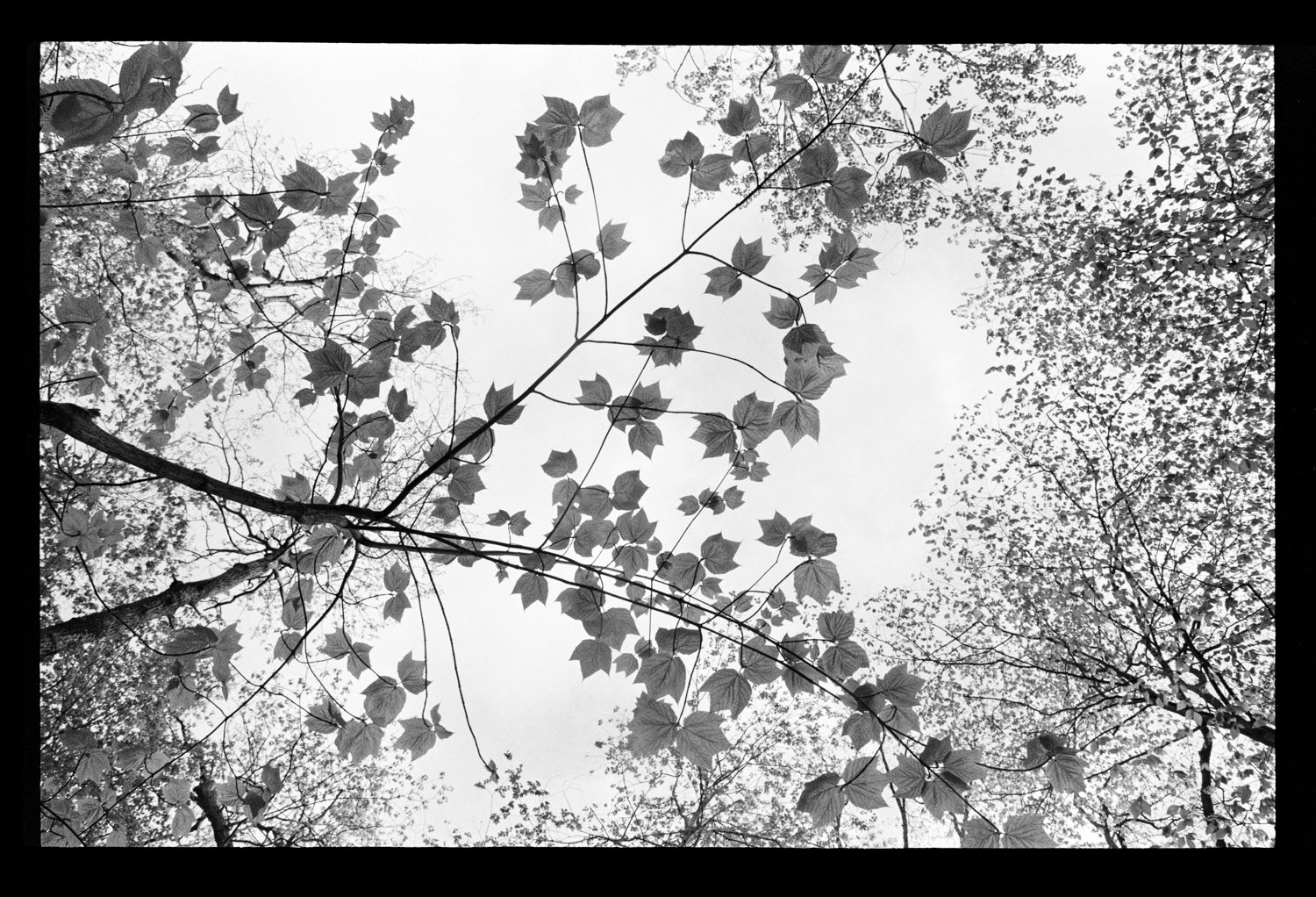
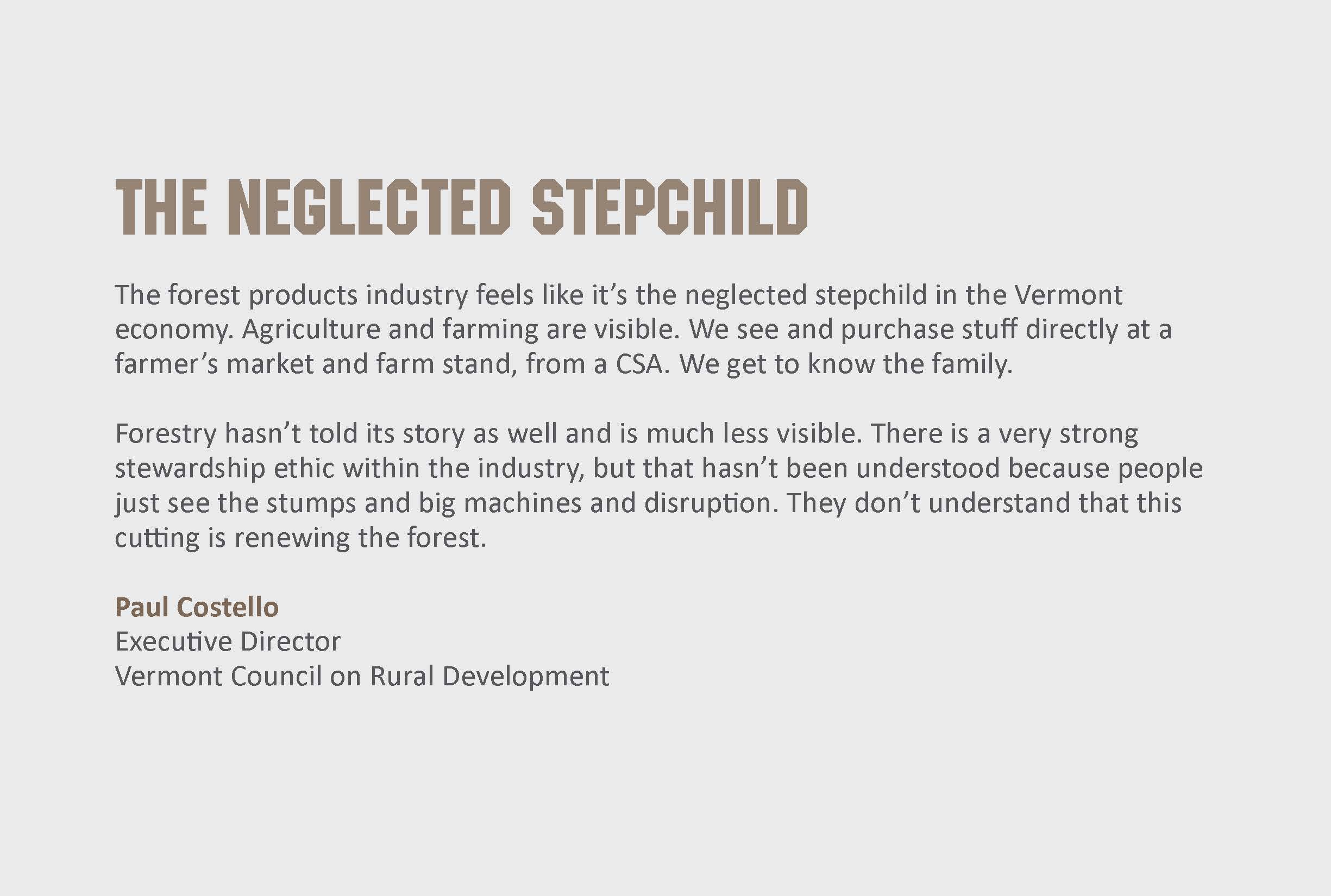
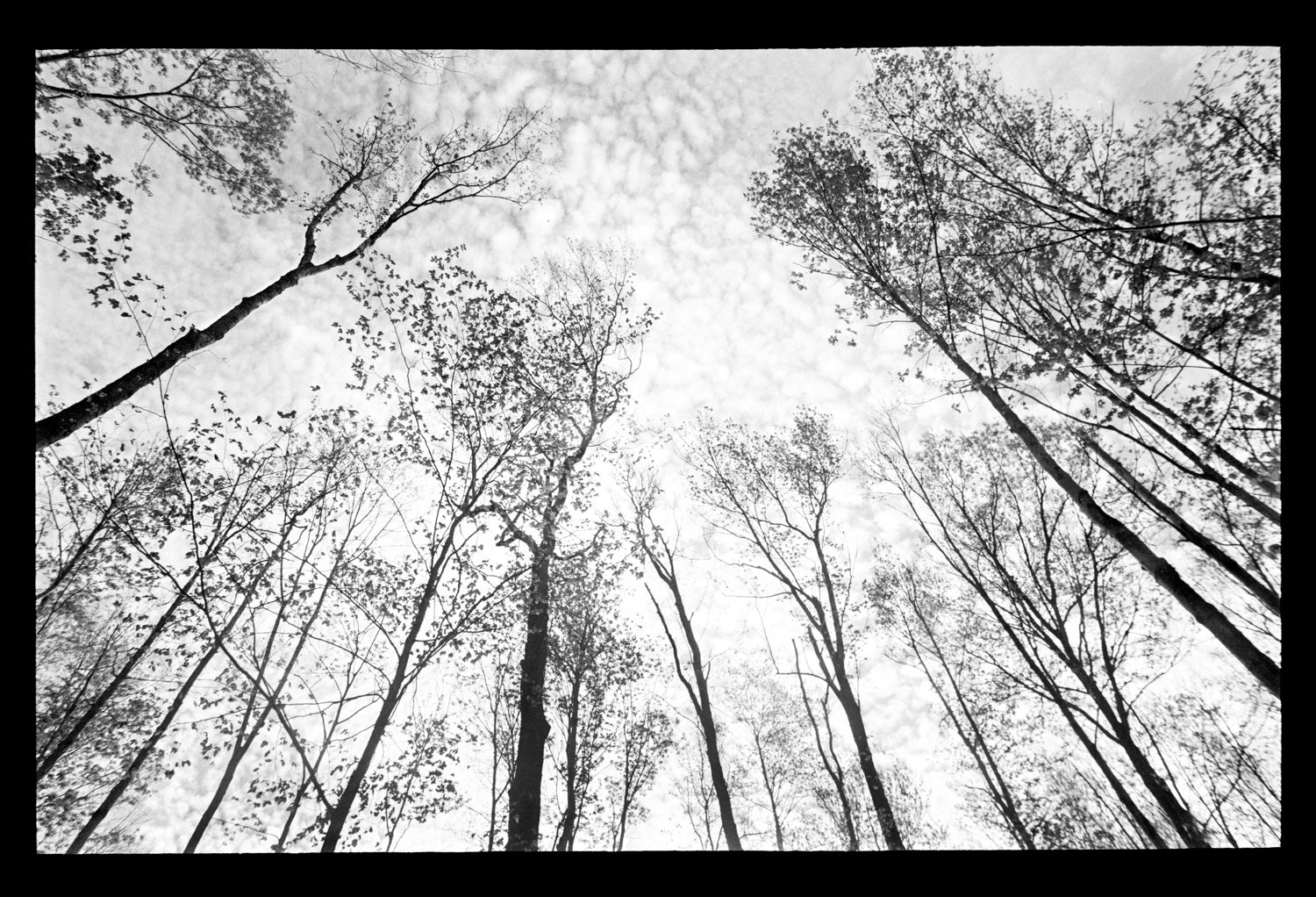
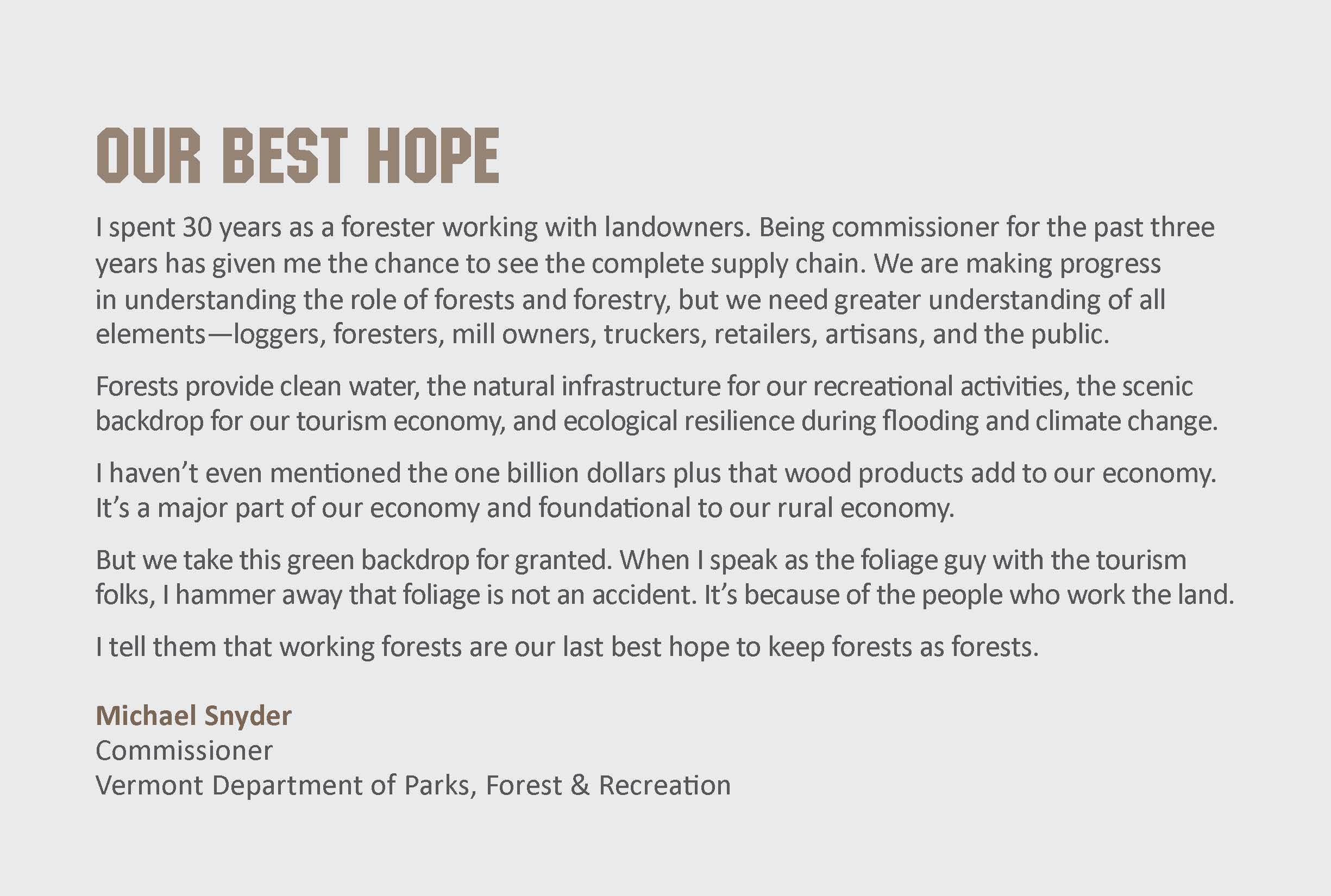
This exhibit is available to travel! Click below to learn more about Portrait of the Forest as a traveling exhibition.



